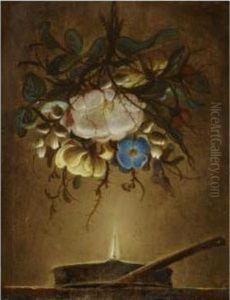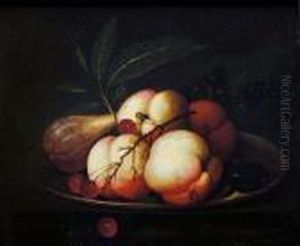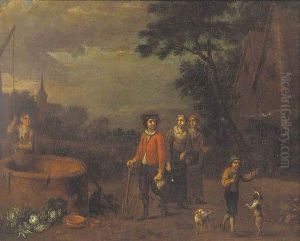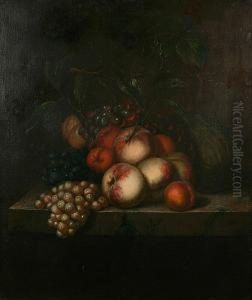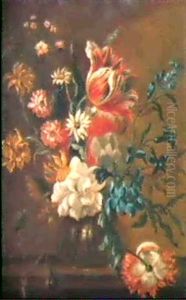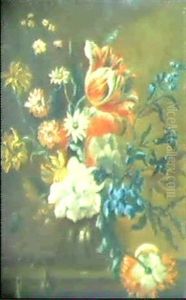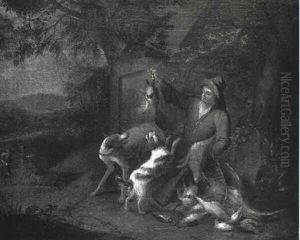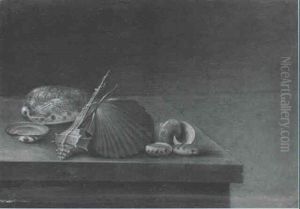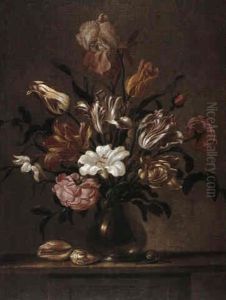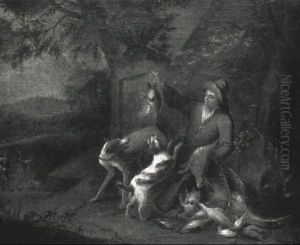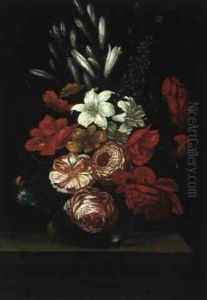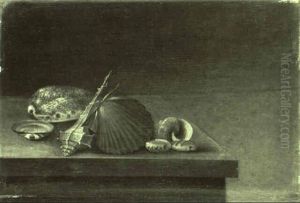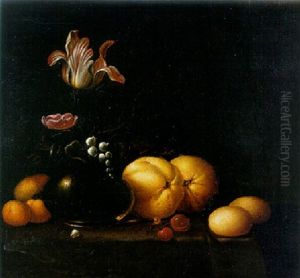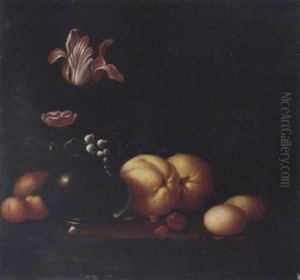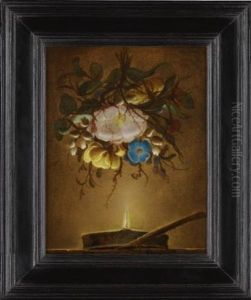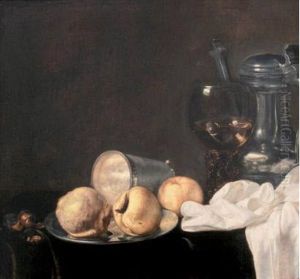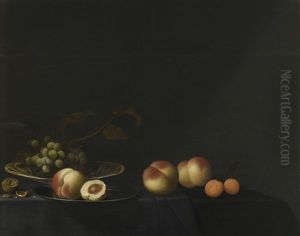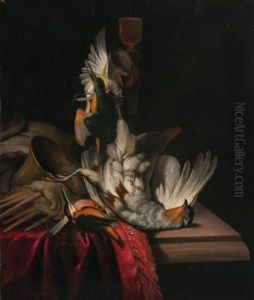Evert Van Aelst Paintings
Evert van Aelst, sometimes known as Everard Aelst, was a Dutch still-life painter who was born in the year 1602 in Delft, in the Dutch Republic. Coming from a family of artists, van Aelst was the uncle of the famous Willem van Aelst, a noted still-life painter as well. Evert van Aelst specialized in still-life paintings that often included game, vases, and other objects, which were typical of the genre during the Dutch Golden Age.
Evert van Aelst's training is not well-documented, but it is known that he became a master in the Guild of Saint Luke in Delft in 1643, which indicates that he was recognized as a professional painter by that time. His works are characterized by their high degree of realism and attention to detail, attributes highly valued in still-life painting of his time. Van Aelst's compositions are often elaborately arranged, showing a mastery of texture and a rich interplay of colors, which he used to bring his depictions of inanimate objects to life.
Throughout his career, van Aelst's reputation grew, and he became one of the leading still-life painters of his time. Despite the popularity of his work during his lifetime, Evert van Aelst's legacy is often overshadowed by the later achievements of his nephew, Willem van Aelst, who also specialized in still lifes but gained greater international fame. Evert van Aelst's artistry influenced his nephew's work, and through Willem, his impact on the still-life genre can be traced.
Evert van Aelst died in Delft in the year 1657. His works continue to be appreciated by art historians and collectors for their contribution to the development of Dutch still-life painting. Although original records of his works are scarce, some of his paintings can be found in museum collections, exemplifying the skill and aesthetic of the Dutch Golden Age.
